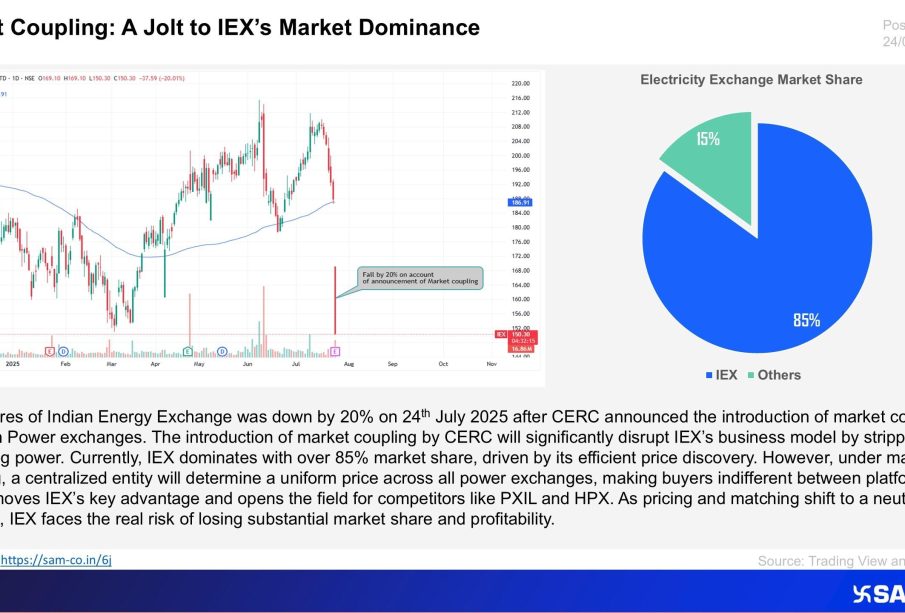Understanding Market Coupling Stocks and Their Importance

Introduction
Market coupling stocks have gained immense importance in the trading and investment sector, especially in light of recent developments in global markets. This innovative trading mechanism allows for the integration of various markets, potentially increasing liquidity and price efficiency. As investors increasingly look for new opportunities, understanding market coupling stocks is crucial for making informed decisions.
What is Market Coupling?
Market coupling refers to the process that connects two or more electricity markets, allowing for the seamless exchange of energy between them. While primarily discussed in the context of energy, the principles of market coupling also apply to financial markets. By aligning the trading mechanisms of different markets, stakeholders can maximize their trading capacity and optimize their portfolios.
The Growth of Market Coupling Stocks
Recent years have seen a significant surge in the popularity of market coupling stocks as more exchanges and trading platforms adopt this methodology. For instance, the implementation of market coupling in European energy markets has demonstrated benefits such as increased competition, lower consumer prices, and enhanced market stability. This success has prompted comparisons with equity markets, where similar strategies can be employed to facilitate cross-border trading.
Market coupling stocks represent companies participating in interconnected markets — aligning their operations across borders to attain a competitive edge. As a strategy, it not only diversifies risk but also offers investors exposure to a broader market landscape.
Current Trends and Developments
As of October 2023, several exchanges worldwide are moving towards greater integration to promote market coupling stocks. The ongoing collaboration between stock exchanges across Asia and Europe highlights this trend. Emerging technologies, including blockchain and AI-driven analytics, are enhancing companies’ abilities to leverage market coupling effectively.
Additionally, regulators are paying increased attention to ensure that such integrations uphold market integrity while enhancing accessibility to investors. This can lead to a favorable investment climate, stimulating trading activity and attracting foreign investment.
Conclusion
Market coupling stocks are poised to redefine trading dynamics by facilitating interconnectedness among various exchanges and creating a more efficient trading environment. For investors, this approach presents opportunities for diversification, risk management, and potential growth. As evolving market structures continue to adapt to a rapidly changing economic landscape, understanding market coupling stocks and their implications could be critical for achieving long-term success in investment strategies.









